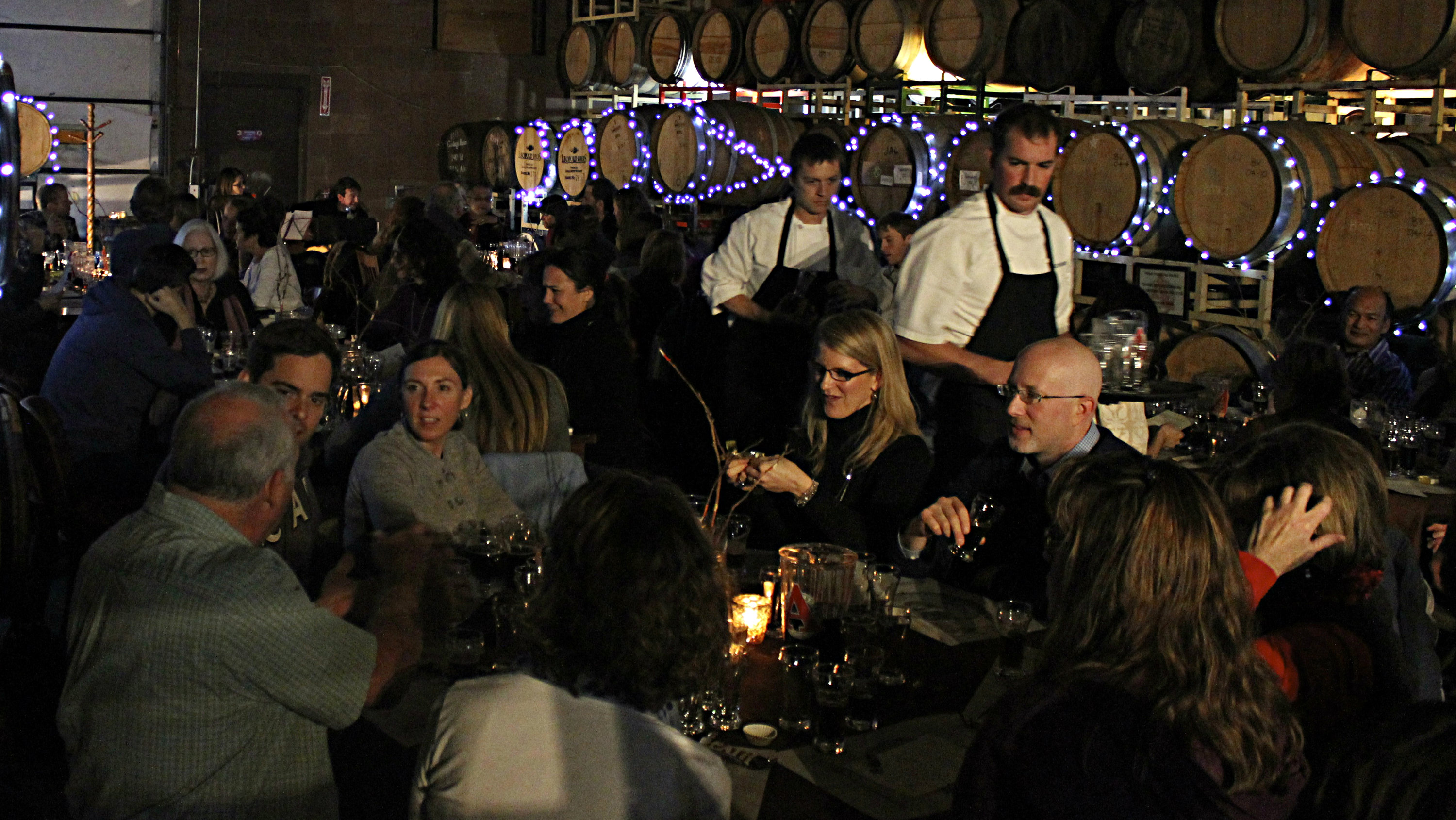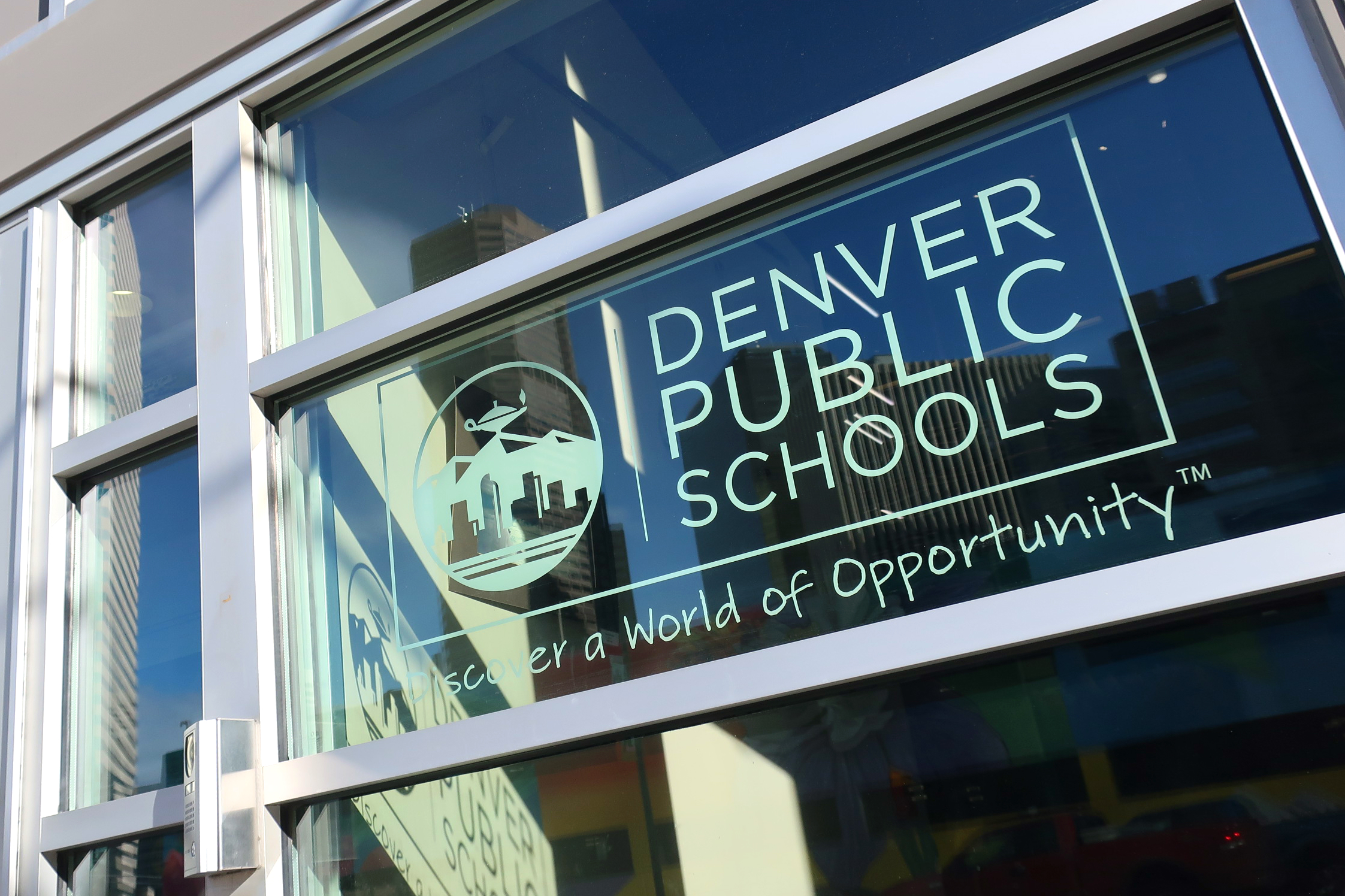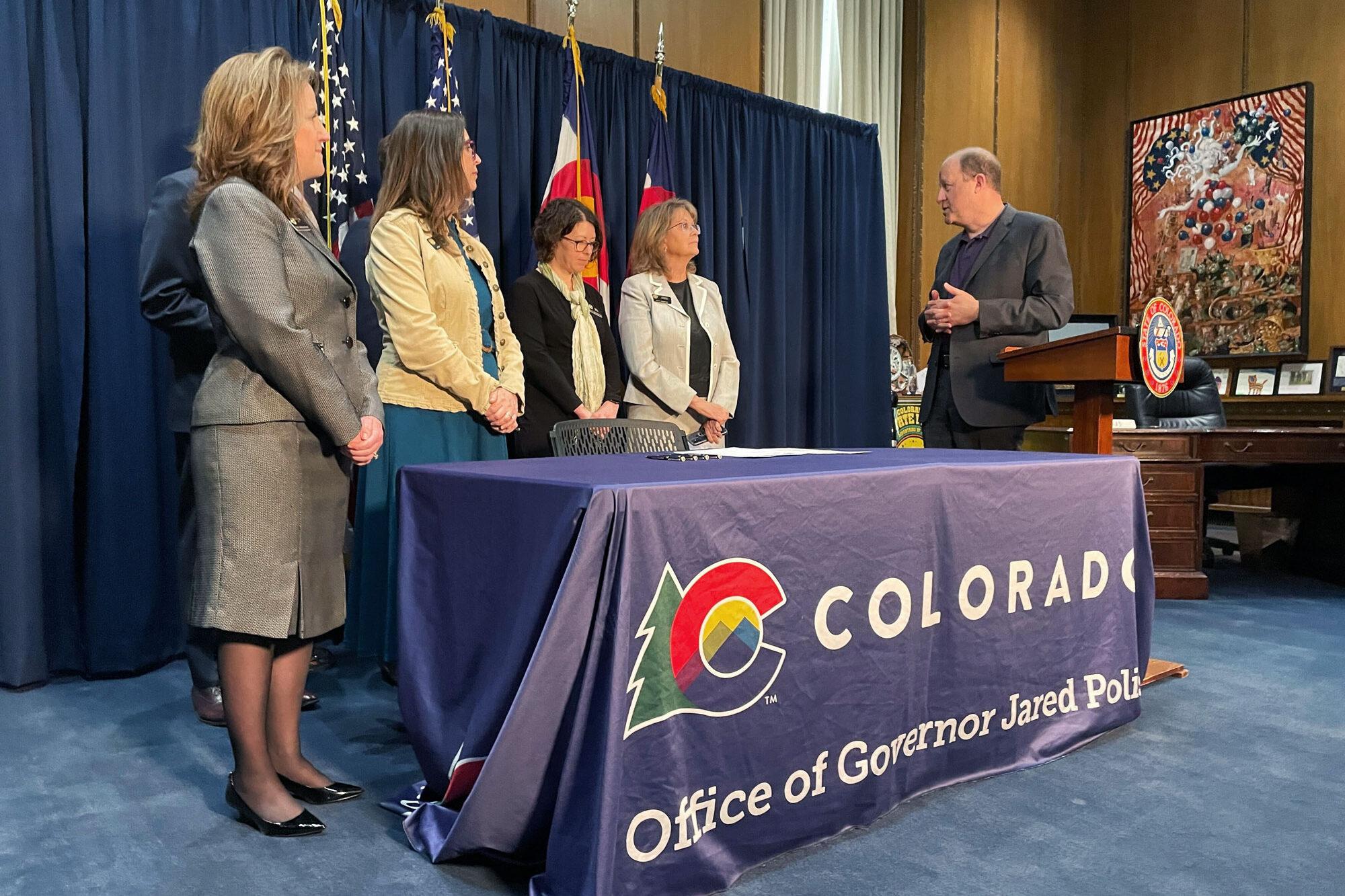

Museo de las Americas, located in Denver’s Art District on Santa Fe, in what is historically a Latino neighborhood, is presenting La Cocina (The Kitchen), an exhibition about reconnecting to the past by asking visitors to examine contemporary eating habits.
Maruca Salazar is the Museo’s Executive Director and head curator who has created a full-size replica of her grandmother’s hacienda kitchen for the exhibition.
Salazar says the Museo is serving community by taking on some of its issues around food.
“We serve the west side of Denver and right behind the Museo is the largest housing authority in Denver,” Salazar says. “A lot of these children have [weight] problems.”
The message Salazar wants to spread is for kids to follow a healthy, more traditional diet and stay away from processed foods.
Salazar says she wants to spread this message without sounding too didactic and preachy.
The Museo hosts local school tours and workshops aimed at exposing children to healthy traditional food and cooking implements.
For example, children learn to identify seeds and spices by creating a papyrus-like imprint on a codex. (Codices are folding books stemming from pre-Colombian Mayan civilizations.)
The children get to keep their codex and bring it home to share.
“I want them to go home and tell their mama ‘I think you should be cooking some frijolitos and some salsa’,” Salazar says. “Stay away from McDonalds -- we are going to try and eat healthy fruits and vegetables cooked in the traditional way.”
Over in Boulder, Catamounts bills itself as a “Theatre for the Adventurous Palate” and its series FEED is a four-course meal paired with music, storytelling and movement.
The event is held in non-traditional venues such as outdoors on a farm or inside a local brewery or pub.
This type of theater is a long way from the American dinner-theatre tradition.
At Catamounts the food and drink are inspired by the performance and the meal is a performance in and of itself. The theatre company at Catamounts is also committed to exposing people to small and local farmers and food producers.
“I feel it is really important to tell their stories over the larger producers,” Catamounts Associate Artistic Director Lauren Shepard says.
Arts organizations are not just using food to push a social agenda. Some are also using food to make an aesthetic statement.
At the Boulder Museum for the Contemporary Art (BMOCA), the Night at the Museum series pairs an artist with a local chef and asks them to collaborate.
BMOCA’s Executive Director David Dadone says he see the series as performance pieces.
“Museums can be creative in not just the traditional way of hanging a painting on the white wall,” Dadone says.
There is nothing new about the convergence of food and art: The link has been explored in everything from Toulouse-Lautrec’s art house cafes in Paris to the artist potlatches of the swinging 1960’s.
According to Maria-Elena Buszek, who is an Associate Professor of Art History at the University of Colorado, the new “foodie” events can galvanize people around an idea or social message more powerfully than simply telling them to eat healthy and shop locally.
“What is more welcoming than an invitation to eat,” Buszek says. “I think it is disarming and causes people to put down their guard.”
Amanda Berg-Wilson, artistic director at Catamounts, says she can’t imagine anything that is richer or deeper.
“I’ve had amazing conversations and thought thoughts I haven’t heard before, which is huge,” Berg-Wilson says.








